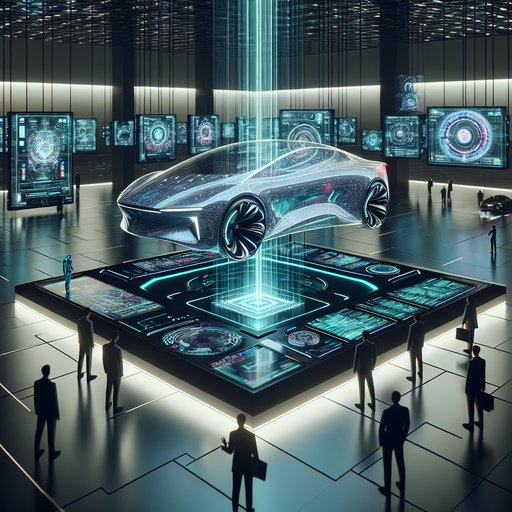
The automotive sector is making significant strides in sustainable materials and manufacturing processes, with recent developments highlighting both environmental responsibility and production efficiency. Electric vehicle battery recycling has reached new milestones, with industry leaders achieving recovery rates exceeding 99 percent of battery materials. Meanwhile, manufacturing innovations are reshaping how vehicles are assembled, promising reduced costs and improved efficiency. These advances in materials recovery and production methods signal a maturing industry increasingly focused on circular economy principles and streamlined manufacturing approaches that could make electric vehicles more accessible and environmentally sustainable.

In a significant advancement for electric vehicle technology, Chinese automaker Chery has unveiled a groundbreaking solid-state battery module that could revolutionize EV driving ranges. The new battery technology boasts an impressive energy density of 600 Wh/kg, potentially enabling electric vehicles to travel up to 800 miles on a single charge [1].

Nuclear fusion has moved from distant promise to a series of measurable milestones that are reshaping expectations for clean, abundant energy. In the last few years, record-setting experiments, a new generation of high-field magnets, and the rise of venture-backed fusion firms have changed both the pace and character of progress. Large public projects like ITER are creating the tools and infrastructure for burning-plasma science, while national facilities and private companies are converting physics insights into engineering blueprints. The result is a coordinated, if uneven, march toward machines that could tap deuterium and lithium to produce heat without carbon emissions and with minimal long-lived waste. It is not yet electricity on the grid, but it is a credible, accelerating pathway that deserves attention.

As 2025 model-year cars roll into showrooms, crash-avoidance, sensing, and driver-monitoring systems are being shaped as much by designers and curators as by engineers. Museums and design-led institutions are helping audiences understand how vehicles now anticipate hazards, see in poor light, and watch for driver fatigue—turning safety into an experience people can learn and trust. The result is a clearer public conversation about what’s in the car, what data it uses, and how interfaces guide behavior, even as regulators tighten standards and automakers push over-the-air updates.

From design studios to museum floors, the latest high-performance drivetrains are being presented as works of kinetic art—objects where sculpture meets code. This report summarizes the mechanical craft and the software intelligence now shaping supercars and hypercars, drawing on examples celebrated by curators, prized by collectors, and tested before live audiences at major shows. The immediate impact is tangible: crisper launches, sharper corner exits, and efficiencies that extend performance without sacrificing character.

A significant breakthrough in electric vehicle battery technology is emerging as QuantumScape, a leading solid-state battery innovator, joins forces with glass technology giant Corning. This collaboration represents a major step forward in the race to develop and commercialize solid-state batteries, which promise to revolutionize electric vehicle performance and charging capabilities [1].








